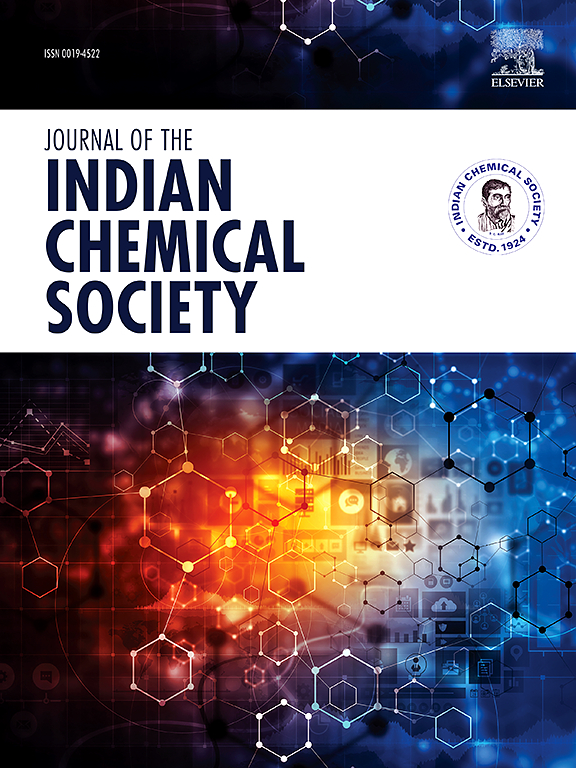Powder mixed electric discharge machining of hastelloy under distinct electric medium utilizing various electrode materials
IF 3.2
4区 化学
Q2 CHEMISTRY, MULTIDISCIPLINARY
引用次数: 0
Abstract
This study investigated the effects of process parameters on Material Removal Rate (MRR), Tool Wear Rate (TWR), and surface roughness (Ra) in die-sinking Electrical Discharge Machining (EDM) of Hastelloy whereas Copper (Cu), Copper–Tungsten (CuW), and Graphite (Gr) were utilized as tool electrodes. A modified Powder Mixed EDM (PMEDM) setup was employed with dielectric fluids containing Carbon Nanotubes (CNT), Copper (Cu), and Aluminum Oxide (Al2O3), using both hydrocarbon oil and palm oil. Results indicated that hydrocarbon oil generally achieved higher MRR due to its superior dielectric strength and thermal conductivity compared to palm oil. The incorporation of Al2O3 particles resulted in the highest MRR, while CNTs led to the lowest MRR due to poor suspension and excessive conductivity. Tool wear was observed to be higher with hydrocarbon oil due to its lower flash point, whereas palm oil demonstrated lower tool wear due to its higher flash point and viscosity. Positive polarity consistently yielded lower TWR compared to negative polarity. The results revealed that the higher currents and longer pulse durations increasing tool wear. Surface roughness was found to be lower with hydrocarbon oil and improved with Cu–W electrodes due to their high melting points and thermal conductivity. The mathematical models for MRR and Ra under both optimal and non-optimal powder concentrations were developed. Sensitivity analysis identified pulse duration as having the highest impact on MRR, while Ra model indicated that tool material had the highest sensitivity, followed by the dielectric fluid's properties, which affected surface quality. The analysis of surface topography revealed features such as globules, cracks, and redeposited layers, which were indicative of localized melting and re-solidification during the EDM process. The optimal parameter was identified using the VIKOR optimization technique.

求助全文
约1分钟内获得全文
求助全文
来源期刊
CiteScore
3.50
自引率
7.70%
发文量
492
审稿时长
3-8 weeks
期刊介绍:
The Journal of the Indian Chemical Society publishes original, fundamental, theorical, experimental research work of highest quality in all areas of chemistry, biochemistry, medicinal chemistry, electrochemistry, agrochemistry, chemical engineering and technology, food chemistry, environmental chemistry, etc.

 求助内容:
求助内容: 应助结果提醒方式:
应助结果提醒方式:


